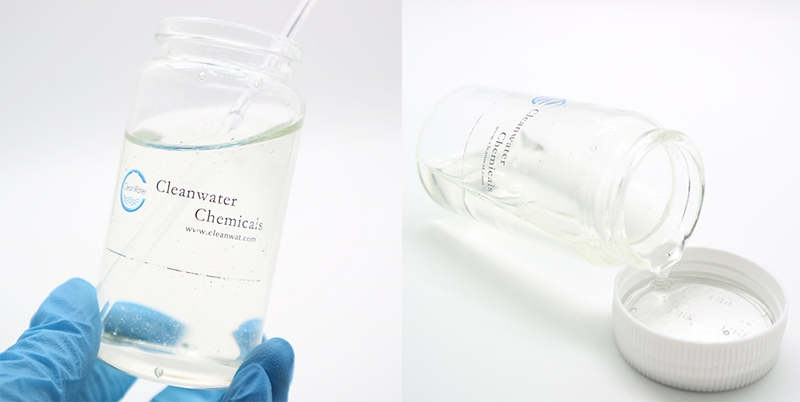pH of sewage
The pH value of sewage has a great influence on the effect of flocculants. The pH value of sewage is related to the selection of flocculant types, the dosage of flocculants and the effect of coagulation and sedimentation. When the pH value is <4, the coagulation effect is extremely poor. When the pH value is between 6.5 and 7.5, the coagulation effect is better. After pH value > 8, the coagulation effect becomes very poor again.
The alkalinity in the sewage has a certain buffering effect on the PH value. When the alkalinity of the sewage is not enough, lime and other chemicals should be added to supplement it. When the pH value of the water is high, it is necessary to add acid to adjust the pH value to neutral. In contrast, polymer flocculants are less affected by pH.
the temperature of the sewage
The temperature of the sewage can affect the flocculation speed of the flocculant. When the sewage is at a low temperature, the viscosity of the water is high, and the number of collisions between the flocculant colloidal particles and the impurity particles in the water is reduced, which hinders the mutual adhesion of the flocs; therefore, although the dosage of flocculants is increased, the formation of flocs It’s still slow, and it’s loose and fine-grained, making it difficult to remove.
impurities in sewage
The uneven size of impurity particles in sewage is beneficial to flocculation, on the contrary, the fine and uniform particles will lead to poor flocculation effect. Too low concentration of impurity particles is often detrimental to coagulation. At this time, refluxing sediment or adding coagulation aids can improve the coagulation effect.
Types of flocculants
The choice of flocculant mainly depends on the nature and concentration of suspended solids in sewage. If the suspended solids in the sewage are gel-like, inorganic flocculants should be preferred to destabilize and coagulate. If the flocs are small, polymer flocculants should be added or coagulation aids such as activated silica gel should be used.
In many cases, the combined use of inorganic flocculants and polymer flocculants can significantly improve the coagulation effect and expand the scope of application.
Dosage of flocculant
When using coagulation to treat any wastewater, there are the best flocculants and the best dosage, which are usually determined by experiments. Excessive dosage may cause the re-stabilization of the colloid.
Dosing sequence of flocculant
When multiple flocculants are used, the optimal dosing sequence needs to be determined through experiments. Generally speaking, when inorganic flocculants and organic flocculants are used together, the inorganic flocculants should be added first, and then the organic flocculants should be added.
Excerpted from Comet Chemical
Post time: Feb-17-2022


